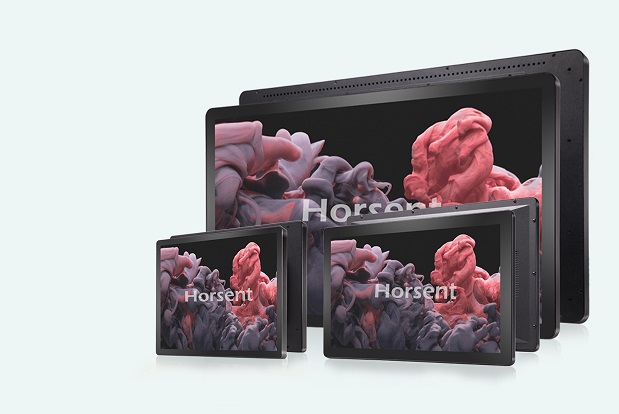As technology continues to rapidly advance, Horsent, as a touchscreen and touch solution provider, we are seeing a surge of instances of digital expression as a traditional form of culture and art. One of the latest examples is the increasing prevalence of touchscreens in museums, expos and exhibitions. The interactive displays offer a fresh and interesting way for visitors to engage with exhibits and artifacts, and rollout wide implement in museums around the world.
To get a full understanding of this application, we will explore the impact that touchscreen technology is having on the museum experience, and whether it is enhancing or detracting from our appreciation of art and history.

Be a part of
Firstly, touchscreens are helping to make museum exhibits more interactive and closer for visitors. Instead of simply viewing static displays, visitors can now use touchscreens to access additional information and rich background, explore virtual exhibits, and even participate in interactive simulations or games. By this work, the screen enhances the overall visitor experience by providing a more immersive and interactive way to learn about history and culture.
Drive visit volume
Touchscreens can help to make museum exhibits more accessible to a wider range of visitors.
For example, visitors who may have difficulty reading or understanding written information can now access audio and visual content through touchscreens. Similarly, touchscreens can help visitors with disabilities or mobility issues to interact with exhibits in ways that may have previously been unfortunately impossible.
Offering a wide accessibility will attract more visitors and widen the culture influence, and increase the volume eventually.
Multi-language Support
Museums can also use touchscreens to provide information in multiple languages, making the exhibits more accessible to visitors from diverse cultural backgrounds. This can help increase visitor engagement and ensure that everyone is able to fully appreciate the exhibits.
One word, it is Interactive Exhibits now!
What about the museum itself? How can the magical touchscreen help your
Pavilion and Expo?
Saving your Funding: One of the biggest challenges for new museums is securing funding. However, proven in retails business, that touchscreen like self-service kiosk can save the increasing man power and salaries.
Hiring and training qualified staff is essential to the success of any museum., with the great benefit of self-service helping hand, the museum will have less demand for new manpower
Marketing and Outreach: New museums often struggle to attract visitors, especially in the early stages. Effective marketing and outreach strategies, touchscreen especially interactive signage with a big screen is a showcase for commercials and advertisements to build awareness and driving attendance.
Data Collection Touchscreens can also be used to collect data about visitor behavior and preferences. For example, museums can use touchscreens to track which exhibits are most popular, how long visitors spend at each exhibit, and what types of information they are most interested in. This data can be used to let the museum know more about their visitor and improve future exhibits and enhance the visitor experience.
However, there are also potential drawbacks to the use of too many touchscreens or digital signages in museums. Some critics argue that it might be distracting or take away from the traditional museum experience of simply observing and appreciating artwork or artifacts.
Overall, the impact of touchscreen technology on the museum experience is positive and with the advance of digital technology, the museum with benefit more.
While there are potential benefits to using touchscreens to enhance museum exhibits, it is important to carefully consider the corresponding application and influence and ensure that their use is balanced with the preservation of traditional museum experiences.
Talk to Horsent today, for a fruitful interactive screen.
Post time: Mar-28-2023














